This is the oldest Indian restaurant in Tokyo, established in 1978 in Roppongi, a short walk from the Roppongi Hills complex. A second branch opened in mid 2016 in Shinbashi. The original restaurant is on the third floor of a building just by the elevated road that divides Roppongi, accessible via a lift from street level. The decor would be familiar to anyone who ate at an Indian restaurant in England in the 1980s, with a red patterned carpet and assorted statues around the quite large dining room, which is partitioned into several sections by wooden screens.
The menu is lengthy and full of North Indian staple dishes. We started with an onion bhajia and (notionally) tandoori prawn. The onion bhajia arrived first with a delay occurring to the prawns. The bhajia was surprisingly good. This dish can so often be soggy, greasy or both, but here the batter was crisp and clean, the onion flavour coming through well (14/20). Tandoori prawns, when they turned up, were quite well cooked but rather bland, lacking in much discernible spice (just about 12/20).
For the main course, chicken jalfrezi had a decent kick of chilli, and the strips of bell pepper were fine, the meat not having much flavour but cooked reasonably well (12/20). Aloo gobi had cauliflower that had retained its texture quite well, more so than the potato, but this was again decent enough (12/20).
Fish tikka was a story in itself. Initially three small pieces were delivered on a plate, with the waiter promising "more to come". These were OK in flavour but rather dried out inside. Quite some time later some more pieces tuned up and these, clearly freshly made, were much better, the fish moist. I cannot recall ever having half a dish turn up and then the other half emerge later - was it shy? This was especially odd given the considerable gap in standard between the two servings. It was a fish tikka of two halves (average of these maybe 11/20).
Naan bread was fine, but rice was a little odd. It was not basmati rice but rather Japanese rice, which has a quite different texture. Rice that clumps together easily is good for picking up with chopsticks, but is not the goal of Indian rice, so it seemed peculiar in this context. When I asked later it seems that they can get basmati rice, and that is available if you ask for it, but there was no mention of this on the menu as far as I could see. The one outright howler of the meal was a soggy, oily channa masala with a few strips of ginger as garnish. The chickpeas had lost their texture, there was a pool of ghee and the overall dish was simply not something I wanted to eat (7/20).
Service was comically bad. Our waiter initially tried to get us to keep our cutlery between starter and main course - who does that in a proper restaurant? This after all is a place with tablecloths and dinner-jacketed waiters, not a greasy spoon in Whitechapel. Was the kitchen porter perhaps a bit tired, or maybe the waiter couldn't be fagged to open the cutlery drawer one more time? Maybe we should reuse the dirty plates while we were at it? Anyway, this was just the first clue that the service operation was not a well-oiled machine. Some time after the main courses arrived the waiter asked how the food was and I explained that all was well except for the channa, and what the problem was with it. Rather than take the dish away he asked "Have you ever had this dish before? Do you know how it is supposed to taste?", to which I replied that given that I ate a lot of Indian food in London and had been to India twenty times then, yes, I had a rough idea what a channa was supposed to taste like and that "soggy and oily" was not usually the desired state. He went away to regroup, and later a manager came over. Instead of offering to recook it he also asked me whether I knew what channa really was and how it was meant to taste, which was not, in my view, the most sensible approach. If a restaurant has a customer with a problem dish then surely the smart move is to take the dish away without arguing, and offer to recook it or maybe provide an alternative? Trying to defend this visibly poor excuse of a channa by implying that the customer is an ignorant imbecile is unlikely to endear the establishment to the customer in question. By this time we had finished eating and it was a bit late to do very much, though eventually the manager grudgingly offered us a taste of a dessert, which neither of us really wanted, but which appeared anyway (it was a pleasant enough rasmalai). The bill came to ¥12,340 (£88) including a beer apiece, so £44 a head and hence hardly cheap. The ¥1,204 (£8.62) for the barely touched channa masala was firmly embedded in the total. I didn't feel like making a scene over this but it did seem petty to charge a customer something they complained about and didn't eat beyond the first bite. What with the erratic appearance of the dishes and the cutlery reuse attempt it did not add up to a smooth and mellow service experience.
The service aside, the food was mostly quite decent and in the case of the onion bhajia genuinely good. It was a pity there were so many service missteps since they rather spoiled the overall impression of the place. The restaurant was actually full on this midweek evening, so the complete absence of a functioning service operation does not seem to be hampering them too much.













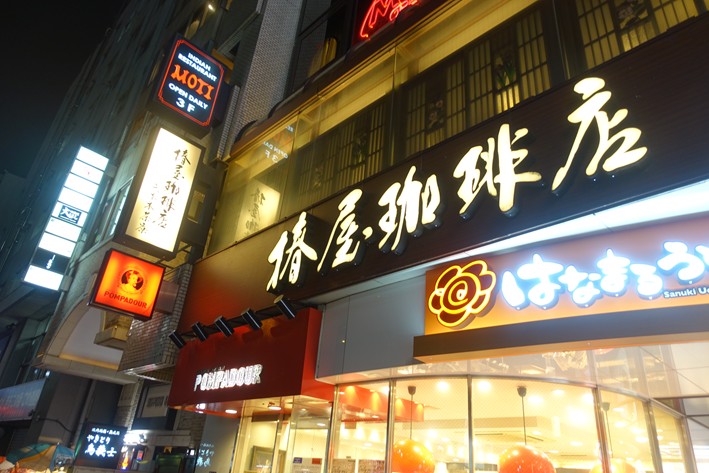

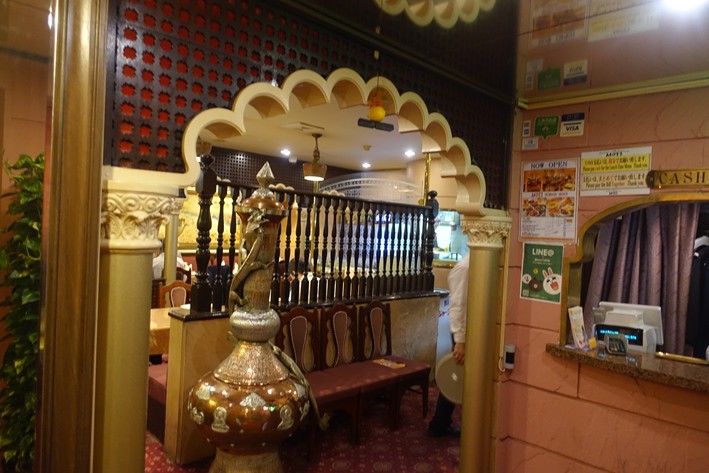
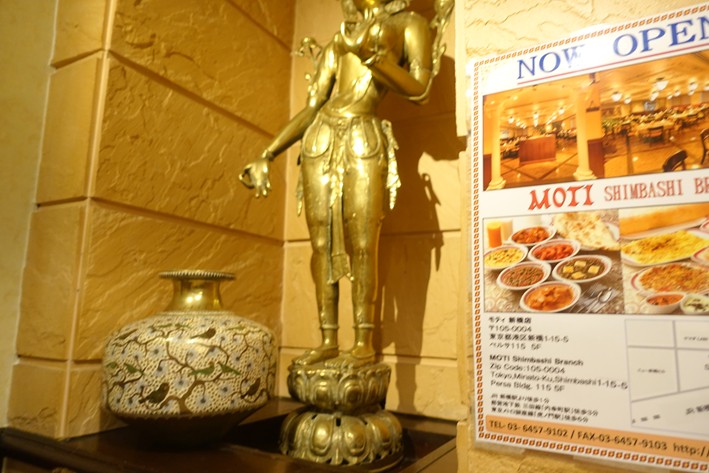
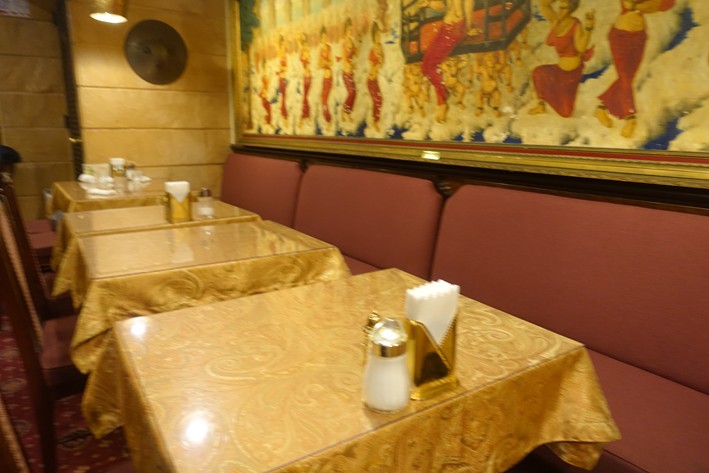
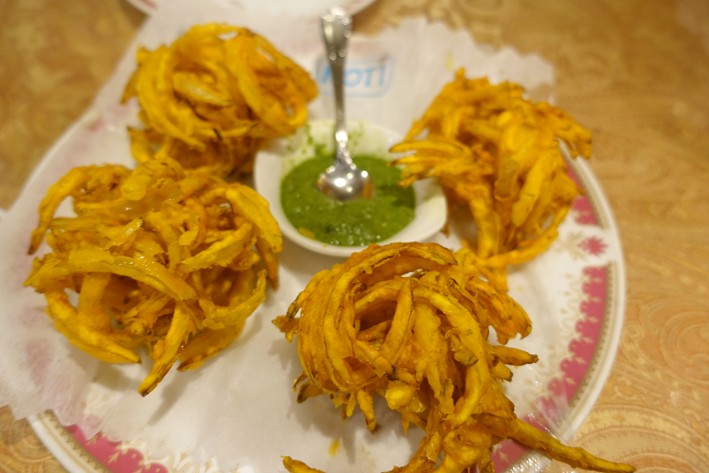
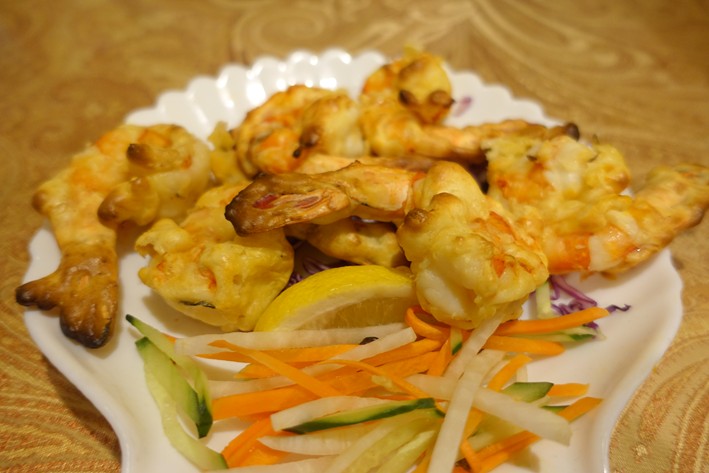

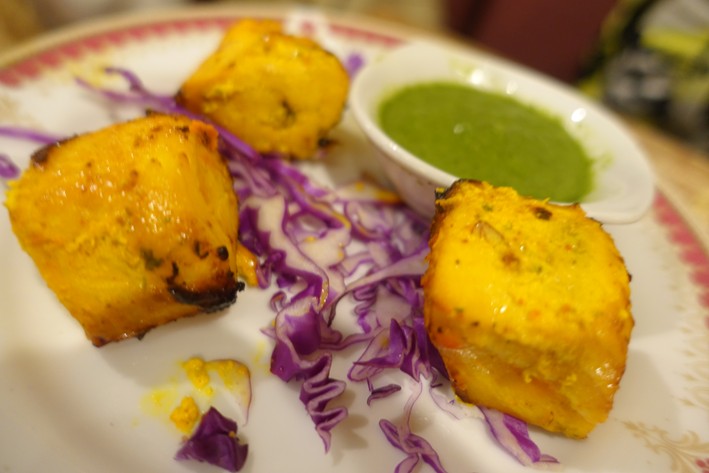

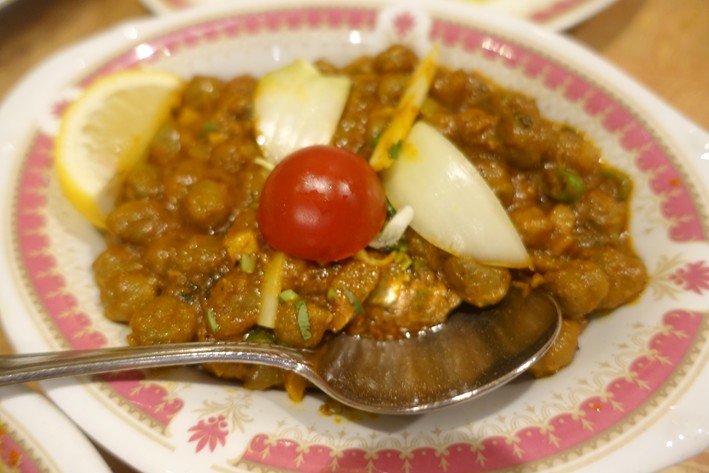


Add a comment
Thank you for submitting your comment, this will be checked and added to the website very soon.
User comments